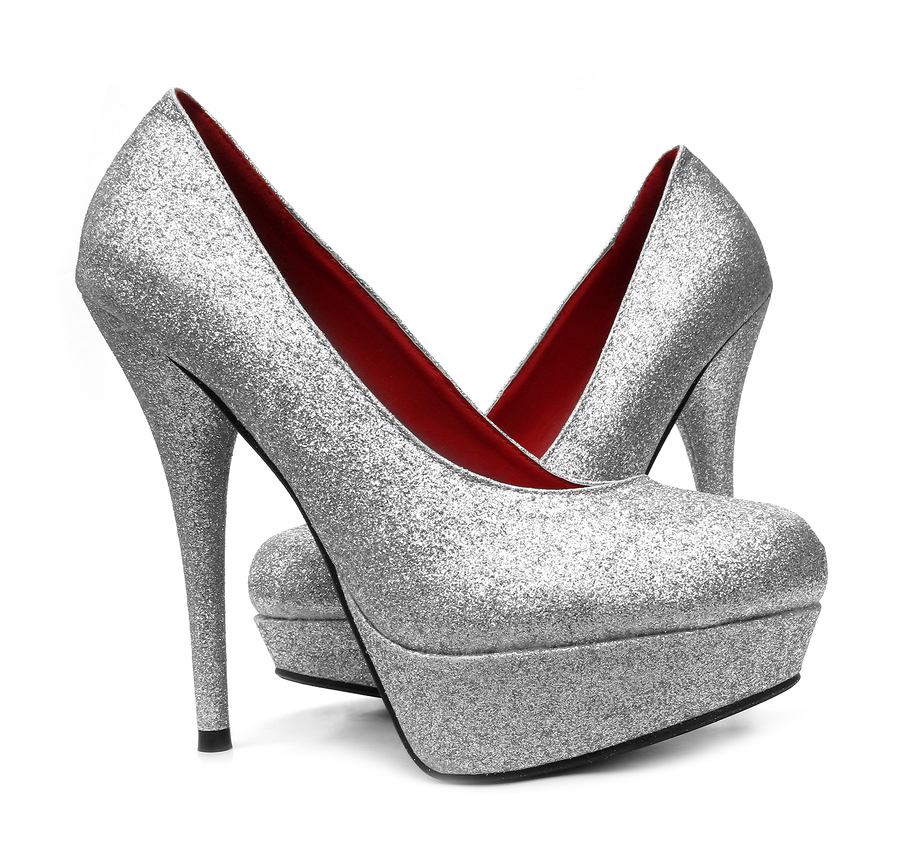Podiatrists Explain Why High Heels Really Are That Bad For You
I’m not a big high heel wearer but even I read that Victoria Beckham had given up heels. And while I don’t follow fashion blogs, it apparently rocked the fashion world. Ladies like their heels and their icon was stepping down (pun intended) from sporting them.
While some women may find them comfortable or just be willing to suffer through the pain because they make their butts and calves look amazing, many wince (71%) when they look at the medieval torture devices known as “high heels”. But, besides the pain, are they actually bad for us, too?
From the Yahoo! article:
“The unnaturally ultra-feminine body position that heels force us into isn’t how we’re designed to walk, says Jacqueline Sutera, a surgically trained doctor of podiatric medicine and spokesperson for the APMA. ‘Your entire skeleton is affected by heels but the issues start at the feet,’ she says. Wearing high heels day after day puts you at risk for a long list of foot problems, including calluses, ingrown toenails, hammertoes, bunions, sesamoiditis, tendonitis, a permanently shortened Achilles tendon, stress fractures, and sprained ankles.”
These issues will get worse over time and then in our late thirties or forties, the fat pads on the bottoms of our feet begin to disappear. Constantly wearing heels even makes that fat loss happen sooner and that increases our chances of developing neuromas (painful nerve inflammation between the toes).
But take heart! If you just can’t part with them, there are some things you can do to make them more comfortable, even if only for a little bit.
- Try a platform or wedge which will add height but also distribute weight and take pressure off your forefoot.
- To release pressure, try changing your shoes about three times a day- including a change in shoe shape.
- Look for cushions at the bottom of your shoes or purchase orthotics for heels(but only if your shoes are wide enough for them). Your local drugstore should carry them.
- If the shoe doesn’t fit, do not wait for your feet to “break” them in.
- Listen to your body. If you have pain or numbness, swelling or redness- something is going on. If after a couple of days the pain doesn’t go away, make an appointment with your podiatrist.
- Exercise your feet and then treat them! Doing toe exercises and calf stretches are great to keep your feet flexible. And a massage (and pedicure) is a nice treat that your entire leg will thank you for!
I hope some of you found this info helpful! Better you all than me! 😉
XO- Erin
Source: Yahoo! Lifestyle












